in the northeastern Atlantic
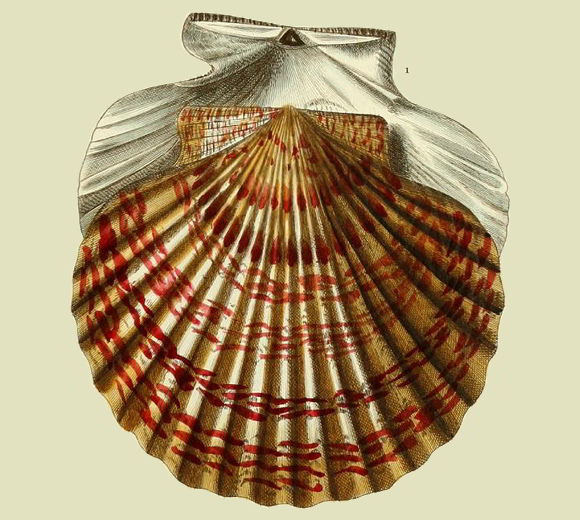
« Shell slightly oblique, suborbicular, with about twenty round, divergent ribs ; whole surface covered with strong, longitudinal, and fine transverse, undulating striae ; under valve somewhat more convex than the other ; […] hinge margin nearly parallel, turned inwards in the upper valve, serving as a fulcrum for the hinge line of the opposite valve, which is so much shorter than the upper valva ; umbones sharp pointed. »
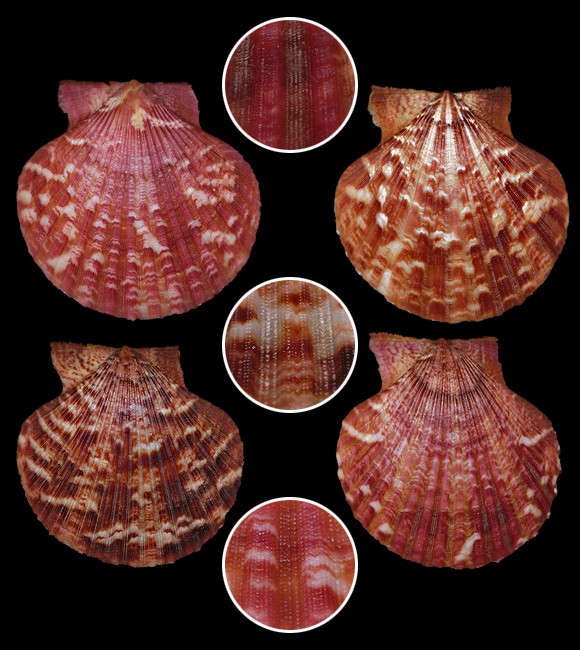
Dredged at 10-15m deep, on oysters banks, La Trinité-sur-mer, Quiberon Bay. 45-48mm.
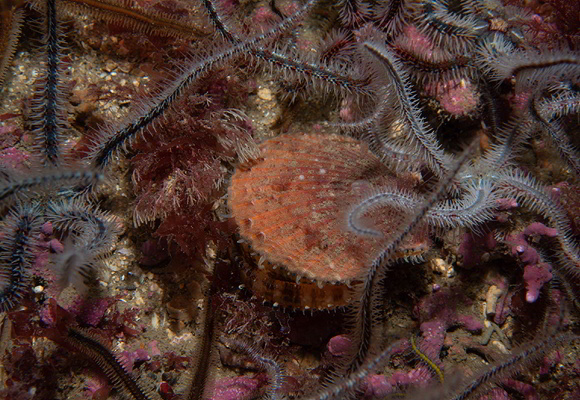
Off Cushendun, Moyle District, NE. coast of Northern Ireland.
Original picture provided by B. Picton for iNaturalist – (CC BY).
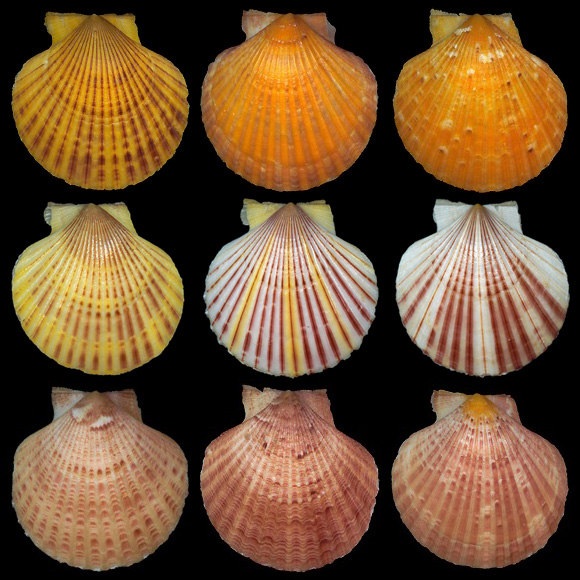
Dredged at 15-25m deep, offshore on sand, out of the sedimentary plume of the Loire river. 60-80mm.
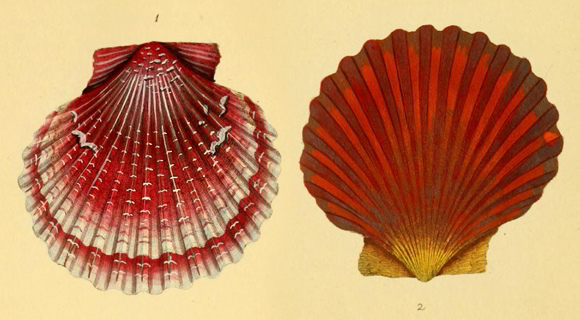
« Donovan, under this name of Ostrea subrufa, admirably illustrated two beautiful Pecten opercularis, one of a nice orange-red, monochrome, the other of a bright red with greyish areas. » – Locard, 1888.
Ostrea subrufus. « This elegant species is found on several of the shores of Great Britain and Ireland, particularly those of Cornwall, Dorset, and Northumberland. It is generally about two inches and an half in length. Shell thin and rather convex. The inside is smooth and glossy, and commonly white, though sometimes of a brownish colour. The colours of the outside very various and beautiful. […] Fig. 1 represents a fine coloured specimen of the variegated red and white kind. Fig. 2 the uniform deep orange, which we apprehend is less common. » – Donovan: The natural history of British shells vol.1, London 1800-1804, plate 12, via BHL.
Ostrea subrufus. « This elegant species is found on several of the shores of Great Britain and Ireland, particularly those of Cornwall, Dorset, and Northumberland. It is generally about two inches and an half in length. Shell thin and rather convex. The inside is smooth and glossy, and commonly white, though sometimes of a brownish colour. The colours of the outside very various and beautiful. […] Fig. 1 represents a fine coloured specimen of the variegated red and white kind. Fig. 2 the uniform deep orange, which we apprehend is less common. » – Donovan: The natural history of British shells vol.1, London 1800-1804, plate 12, via BHL.
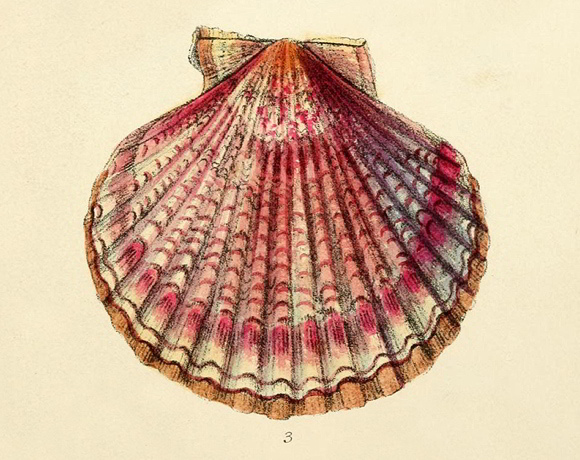
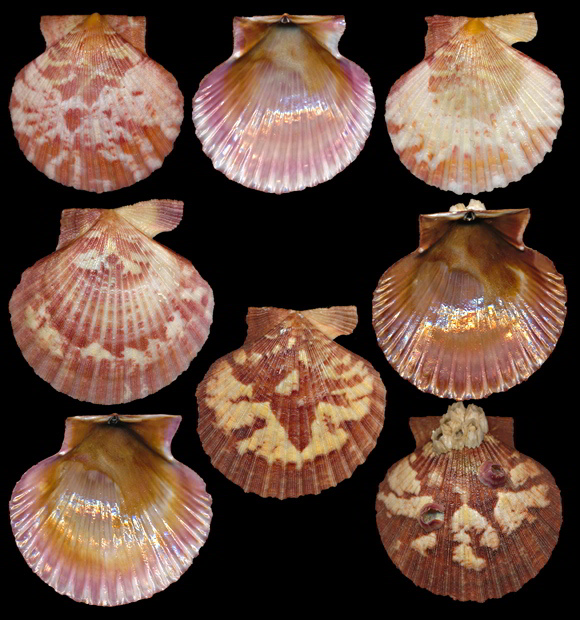
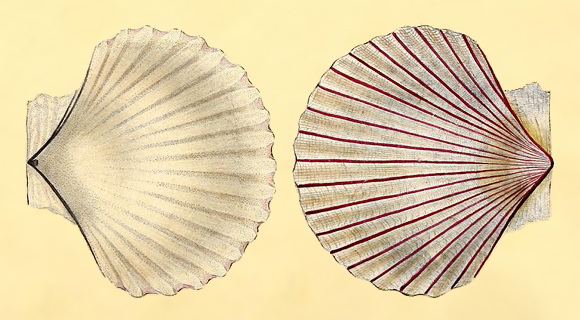
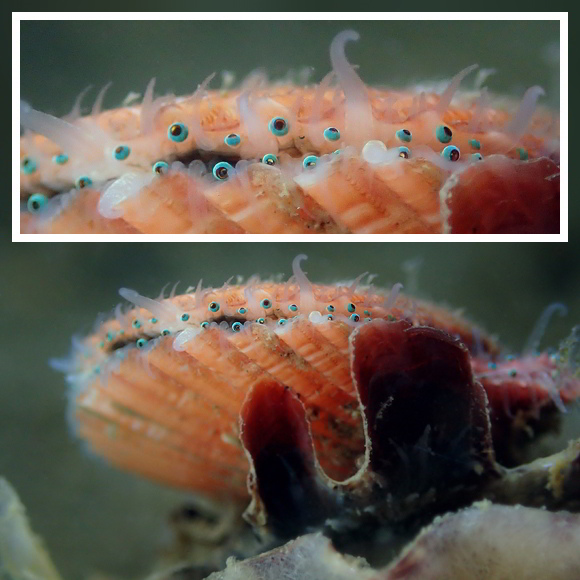
Oosterschelde, Zeeuwse meren, SW. Netherlands. Original picture provided by v_s_ for iNaturalist – (CC BY-NC).
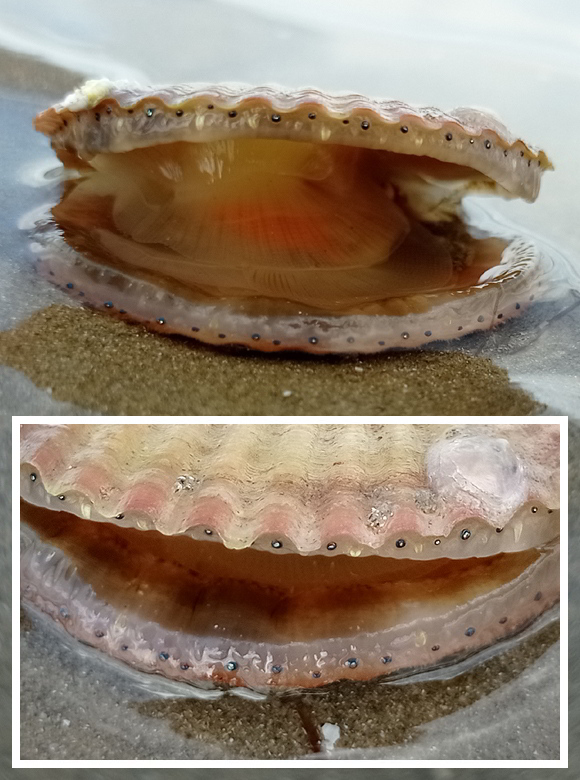
Plage des Rosaires, Plérin, N. Brittany, NW. France.